If your kitchen exhaust fan is not pulling air, it’s essential to take action right away. A faulty fan can cause all sorts of problems, including fires and dangerous gas build-ups. In this article, we’ll provide you with some tips on how to troubleshoot the problem and get your fan working properly again.
How to Check If Kitchen Exhaust Is Working
If you have noticed a decrease in airflow from your kitchen exhaust fan, it is time to check that it is working properly. The first step is to turn on the fan and watch for any unusual noises or smells. It may be necessary to remove the fan’s cover and inspect it more closely. You should also check that all components are functional, such as the blades, ducts, motor, and filters. If any part appears to be damaged or not functioning correctly, then this could cause a lack of airflow.
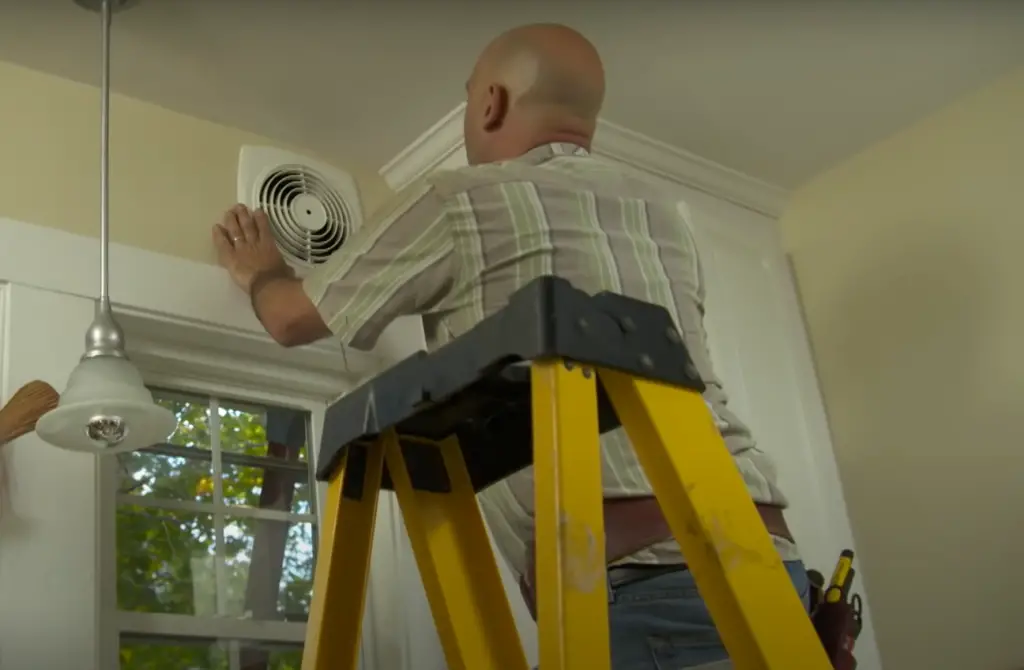
It is also important to check for any blockages in the ducts that could be causing poor airflow. Blockages can occur due to debris or dust buildup and may need to be cleaned out before your exhaust fan will work properly again. [1]
If you have checked all the components and performed a smoke test, but still find that your kitchen exhaust fan is not pulling air, it may be time to call a professional technician for help. They will be able to diagnose the issue and provide solutions on how best to fix it.
Your Range Hood Could Be Having Trouble Pulling Air Due To…
Clogged Air/Carbon Filters
If the mesh or carbon filters that protect your range hood from grease and other debris become blocked, they will impede the flow of air. Check to see if the filters are clogged and replace them as needed.
Your range hood should vent directly outdoors via ducting connected to a spot outside your home; however, there may be instances where these could be blocked due to improper connection or incorrect placement. Make sure all ducts are properly attached and sealed with metal tape. Also, check for any loose sections which might be causing the blockage. If you can’t find the source of your obstruction, it’s best to call a professional to take a look.
Having the Wrong Air Duct
If the duct connected to your range hood is too small, it won’t be able to pull enough air through. Check the size of the duct and make sure it is appropriate for the size of your exhaust fan. If not, replace it with a larger one.
A Broken Fan Blade
If your fan blade is broken or bent, it can prevent the exhaust from correctly circulating air. Take out the fan and replace any broken blades.
A Broken Non-Return Valve
The non-return valve of your range hood is designed to keep hot air from entering the kitchen. If this breaks, you may be losing a lot of valuable suction power. Check for any visible signs of damage and replace the valve if necessary.
A Broken/Rusty Motor
A rusty or broken motor will be unable to pull enough air through the exhaust. Visually inspect your motor for any signs of damage and replace it if necessary.
Keeping on top of these common issues can help make sure that your range hood continues to circulate air just as it should. If you’re still having trouble getting your kitchen exhaust fan running properly, a professional can provide further advice and assistance.
Residue and grease build-up
Another possible reason your fan isn’t working as efficiently as it should be is due to a build-up of residue and grease. Over time, this can cake onto the range hood’s blades and impede their movement. Make sure to clean your range hood regularly to prevent this from happening.
Inappropriate duct system and vents
Finally, if your range hood is not properly venting, it won’t be able to pull in enough air. Check for any cracks or gaps that could be preventing the fan from working properly. Also, ensure that your duct system and vents are correctly installed to optimize airflow. [2]
By regularly inspecting and maintaining your kitchen exhaust fan, you can help ensure it keeps pulling air just as it should! If you encounter any problems that you’re unable to solve yourself, don’t hesitate to call a professional for further advice and assistance.
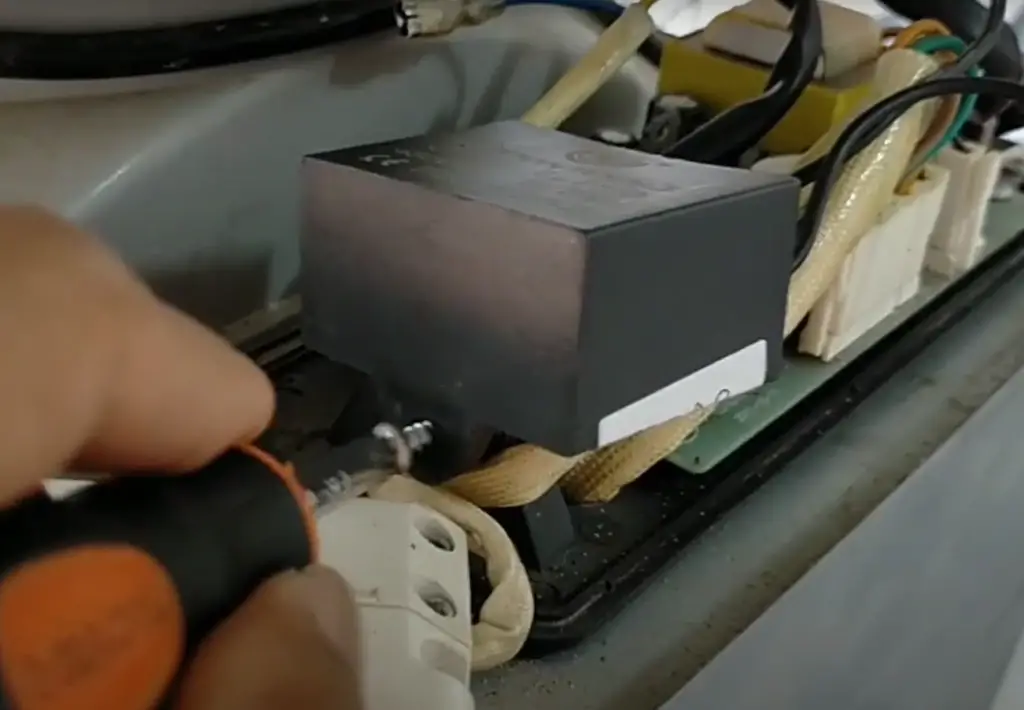
How to Fix Exhaust Fan in Kitchen
The first step in fixing an exhaust fan that isn’t pulling air is to ensure that the fan is plugged in or turned on. If it is, then you may need to do a few additional steps to get your fan running properly again.
If cleaning out the filter and vents doesn’t improve performance, check for any obstructions in the ducts connected to the fan. These could include bent pipes, clogged vents, or damaged parts that need to be replaced. If you can’t identify the issue yourself, contact a professional for help.
In some cases, the fan motor may become worn out and no longer able to generate enough power to pull air through the system. This will require replacing the entire motor assembly with an identical model or a compatible upgrade. The exact instructions will vary depending on your specific unit, so consult your manufacturer’s manual for details.
Finally, if all else fails and your exhaust fan still isn’t pulling air properly, it might be time to replace it altogether with a newer model that is designed specifically for kitchen use. A new fan will be more energy-efficient and able to effectively remove smoke, odors, and moisture from your kitchen.
Repair the blades
Another potential cause of a kitchen exhaust fan not working efficiently is damaged or worn-out blades. This could be due to dirt buildup, broken pieces, or other damage from normal wear and tear. If this is the case, you’ll need to either clean out the fan blades with a brush or replace them with new ones.
If you’re unable to remove the blades yourself, contact a professional for help. They’ll be able to safely take apart your unit and diagnose the issue before replacing any necessary parts.
Try fixing the motor
In some cases, a clogged fan motor can also be the cause of your kitchen exhaust fan not pulling air. To fix this, you’ll need to open up the motor and clean out any dust or debris that has built up inside. You may even need to oil the motor if it’s been running for a long time without maintenance.
If cleaning the motor doesn’t help, you may need to replace it altogether with an identical model from your manufacturer’s website or a compatible upgrade. As with blades, be sure to consult a professional before attempting any repairs on your own.
Clean the grease
If your exhaust fan isn’t pulling air, the problem may also be related to a clogged or dirty grease filter. This filter is designed to catch any cooking grease and other debris that can escape into the kitchen while you’re cooking.
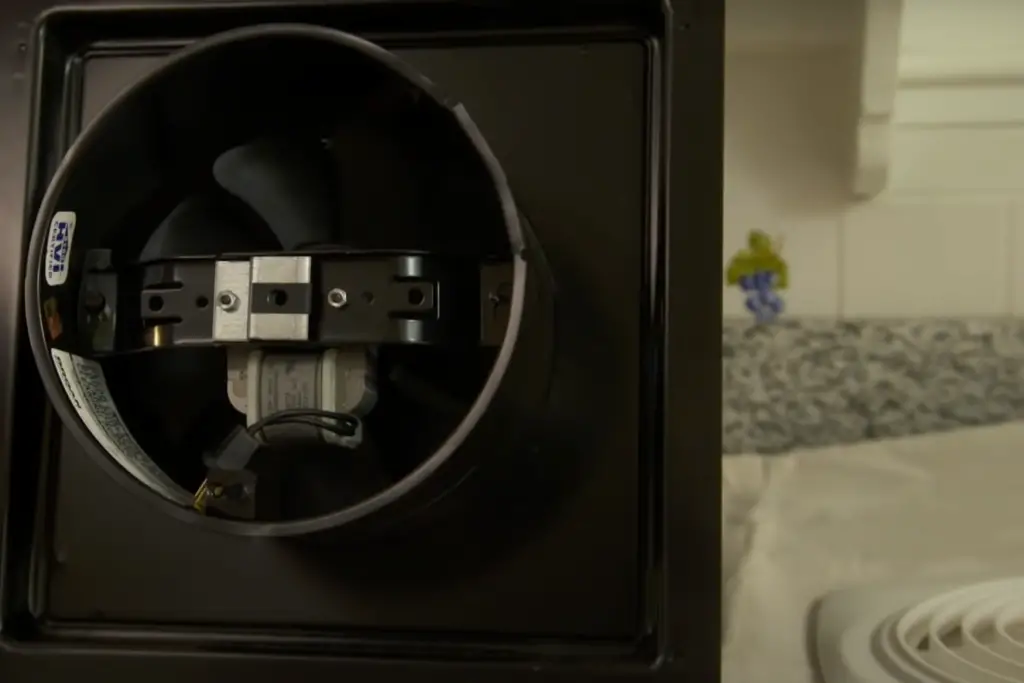
To clean out the grease filter, remove it from the unit and soak it in hot water and dish soap for 15-30 minutes. Then rinse off any remaining residue before reinstalling it back on the fan. Be sure to replace this part regularly to avoid any future problems with your kitchen exhaust fan not working properly.
Ensure proper ventilation
Make sure that your kitchen is properly ventilated to prevent excess moisture from accumulating in the air. This can cause your fan to work harder as it tries to pull air through the system, resulting in decreased performance and longer run times.
Also, be mindful of where other heating sources are located in relation to the fan. If they’re too close together, this may interfere with the fan’s ability to pull air out of the room effectively.
How to Test Range Hood Suction
If you’re not sure why your kitchen exhaust fan isn’t pulling air, it may be due to a buildup of dirt or other debris blocking the vent. To test if it is an issue with suction, you can use a few simple tools like a vacuum cleaner or hair dryer.
Start by running the exhaust fan on its highest setting and then place the vacuum cleaner at one end of the vent. If there is no power flow of air coming out of the opposite end, this indicates that there may be a blockage in between them. You can also use a hair dryer on medium heat to blow into one end and see if there is any resistance when blowing out from the other side. If so, it may mean that something is preventing the air from passing through.
Finally, be sure to check for any loose connections in the ductwork leading away from your kitchen exhaust fan. Loose joints or clogged sections could cause weak suction and ultimately prevent your kitchen from properly ventilating itself. If you’re not comfortable doing this yourself, then it’s best to have a professional technician check it out.
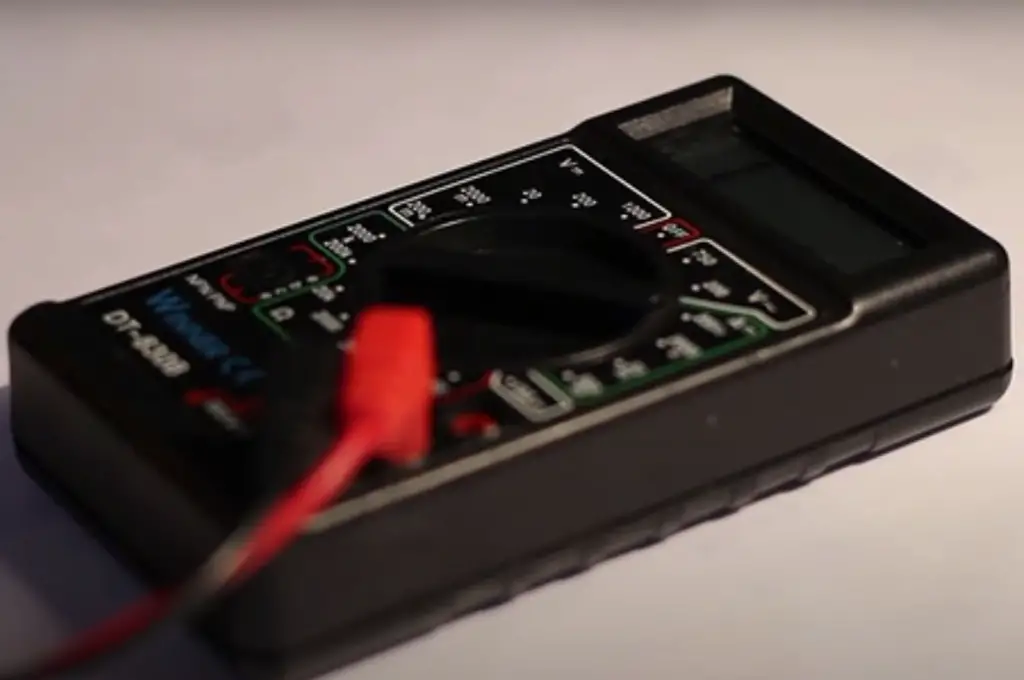
If all else fails and your kitchen exhaust fan still isn’t pulling air as it should be, then it might be time to replace the unit all together with a brand new one. With so many different designs and sizes to choose from, you can find an energy-efficient solution that meets your needs and fits within your budget. [3]
After testing for suction power and inspecting any loose parts or clogs, you’ll be able to get your kitchen back up and running in no time.
FAQ
Why is my kitchen exhaust fan not working?
The most common cause is when the fan motor has burned out. This is usually due to a wiring problem in which too much current is running through the system and overheats the motor. Other possible causes include clogged filters, worn-out bearings, or a faulty switch.
How much suction should a range hood have?
When your range hood is working properly, it should be able to suck up all the steam, smoke, and cooking odors from your kitchen. To get a good sense of how much suction you need in a range hood, consider the size of your kitchen and the kind of cooking you do. For example, if you have an open-style kitchen or cook with lots of oil, then you’ll likely want more suction than someone who has a small galley kitchen.
How do I know if my range hood is vented?
If you’re unsure whether or not your range hood is vented, there are a few ways to check. First, look for an exhaust duct connected to the back of the range hood itself. This should lead outside your home and provide airflow from the kitchen. You can also take off the filter panel and check for any signs of air movement, like a fan spinning. If you don’t see anything moving, then it’s likely that the range hood isn’t vented properly.
Another way to tell if your range hood is vented is by feeling around its exterior with your hands. A well-vented range hood will be noticeably cooler than one that isn’t venting at all – so if you feel a noticeable difference in temperature between the exterior and interior of the hood, then it’s likely vented.

Finally, you can always contact a professional contractor or home inspector to help you determine if your range hood is vented properly. This is especially useful for older homes that may not have been designed with modern kitchen exhaust systems in mind.
No matter which method you choose to use, it’s important to ensure that your range hood is properly vented before attempting any repairs. It will save you time, money, and energy in the long run!
How do you test a range hood fan motor?
Testing a range hood fan motor requires basic troubleshooting skills and some electrical knowledge. You’ll need to test the power supply, the wiring, the switch, and the fan motor itself. First, make sure your range hood is unplugged. Then:
- Check that there’s power getting to your range hood by testing with a multimeter or voltage tester;
- Inspect all wiring for any frayed or loose connections to make sure electric current can flow freely through it all;
- Ensure your switch is working properly by turning it on/off manually and observing whether or not the fan moves accordingly;
- Connect a jumper wire between two terminals on the fan motor to test if it works. Make sure the wires aren’t touching each other or any metal surfaces [5];
If all of these steps seem too complicated, you can always hire a professional electrician to diagnose the range hood’s fan motor issue. They will be able to accurately determine if it needs replacing and do so safely.
No matter what your experience level is, it’s important to remember safety first when dealing with electrical appliances. If you ever feel unsure about anything, don’t hesitate to contact a professional for help.
Useful Video: Top Reasons Range Vent Hood Won’t Vent — Range Vent Hood Troubleshooting
Conclusion
If your kitchen exhaust fan is not pulling air, there are several potential causes. It could be a clogged filter, blocked ductwork, or a motor issue. You can take simple steps to troubleshoot the problem such as cleaning the filters and checking the power supply. If these don’t work, you may need to enlist professional help. A qualified technician will be able to identify and correct any issues with your fan quickly and effectively. Don’t let a malfunctioning kitchen exhaust fan spoil your cooking experience – get it checked out right away! With the right knowledge and some handy tips, you can ensure that your fan continues to provide optimal ventilation in no time. Good luck!
References:
- https://rangecraft.com/is-kitchen-exhaust-fan-strong-enough/
- https://applianceanalysts.com/range-hood-not-pulling-air/#
- https://kitchen.services/kitchen-range-hood-problems-and-solutions/
- https://rangecraft.com/what-is-a-good-cfm-for-a-range-hood/
- https://homeguides.sfgate.com/troubleshooting-hood-fan-electric-range-87189.html











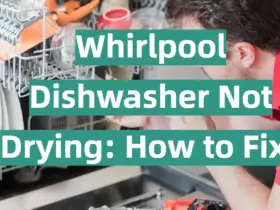
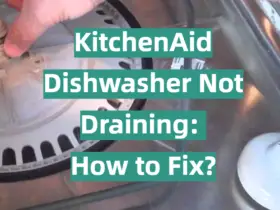
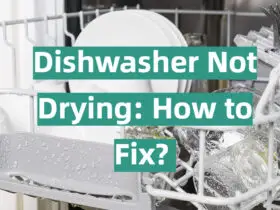
When we first moved into our house, I noticed the range hood over the stove didn’t seem to be pulling in air or odors like it should. The kitchen would get smoky when cooking and smells lingered for hours. After some research, I realized the range hood must be blowing air out instead of pulling it in. I removed the filter and could feel air blowing out of the vents. Reversing the fan solved the issue and now it works great pulling everything into the vents.
We run a busy commercial kitchen and rely heavily on the large exhaust hoods over the cooking equipment. One day the chef noticed a heavy smoky haze in the kitchen and upon checking, found one of the hood fans was actually blowing out instead of drawing in. We shut it down immediately to avoid blowing smoke into the dining area. A quick motor replacement and it was back up pulling air properly.
I moved into an older rental house and the kitchen exhaust fan seemed useless. When turned on, it would blow around the existing kitchen odors instead of removing them from the room. After removing the filter, I confirmed it was just blowing kitchen air around, not exhausting anything outdoors. A $40 replacement motor from the hardware store was an easy fix and made the exhaust fan work perfectly.
The exhaust fan over my stove started making odd noises while running one day. Shortly after, I noticed it was blowing air out from the sides instead of sucking inward. Something had come loose inside the motor assembly. I found a replacement motor online for about $60 and was able to swap it out in under an hour. I made sure to test the airflow direction before screwing the new motor in place.
We run a small family diner and rely on the kitchen exhaust hoods to keep the dining room clear. One day it became obvious that one of the fans had stopped pulling in air and was just uselessly blowing around what was already in the kitchen. I cleaned the filters which helped a little but realized the motor was probably faulty. I called a repair service and for $200 they replaced the motor.
I began noticing a lack of airflow and strange noises whenever I turned on my kitchen overhead exhaust fan. Upon closer inspection, I realized the fan was actually blowing air out of the sides of the hood rather than sucking it in. Something was wrong with the motor or the fan was installed backwards. I searched online and ordered a replacement motor which resolved the issue after installing it.
We own a restaurant and keeping the kitchen air clean is a high priority. One morning the chef noticed the exhaust hood over the grill didn’t seem to be working. She held some paper towels up to it and they blew outward. The motor had stopped pulling air for some reason. We had the hood service company replace the motor which fixed the problem. Proper airflow was restored.
I moved into a new apartment and couldn’t figure out why the kitchen fan wasn’t removing odors and smoke when cooking. I removed the filter only to find it was blowing air out from the ventilation grill rather than pulling air in. Clearly the previous tenant or landlord had installed it incorrectly. I had to remove and reinstall the fan assembly so it would function properly.
We run large exhaust fans in our restaurant kitchens that remove smoke, steam and odors. One day the prep cook noticed one fan was not clearing the air as usual. Upon checking, we found it was pushing air out the sides instead of drawing air in. The fan motors must have switched directions due to an internal failure. We replaced both motors and that resolved the issue and brought the airflow back to normal.
I recently noticed my kitchen exhaust fan was not pulling in air and odors like it used to. After some investigation, I pinpointed the problem to the fan motor. It was still spinning but instead of pulling air, it was now blowing air in the wrong direction, essentially pushing smells back into the kitchen. Ordering a new motor and installing it straightened out the issue and brought back proper function.
We own a busy restaurant with large commercial kitchen exhaust fans to keep the cooking odors out of the dining room. One day the prep cook noticed the fans didn’t seem to be working right. Upon inspection we found one had reversed airflow due to motor failure. We had our service company replace both motors which returned the fans back to pulling in air as designed.
When my kitchen fan suddenly started blowing air out from the sides, I knew something was wrong with the motor or spin direction. It no longer helped remove odors and smoke while cooking. I ordered an inexpensive replacement motor online and was able to install it myself in about 30 minutes. Reversing the wires switched the spin direction back so it sucked air in properly again.